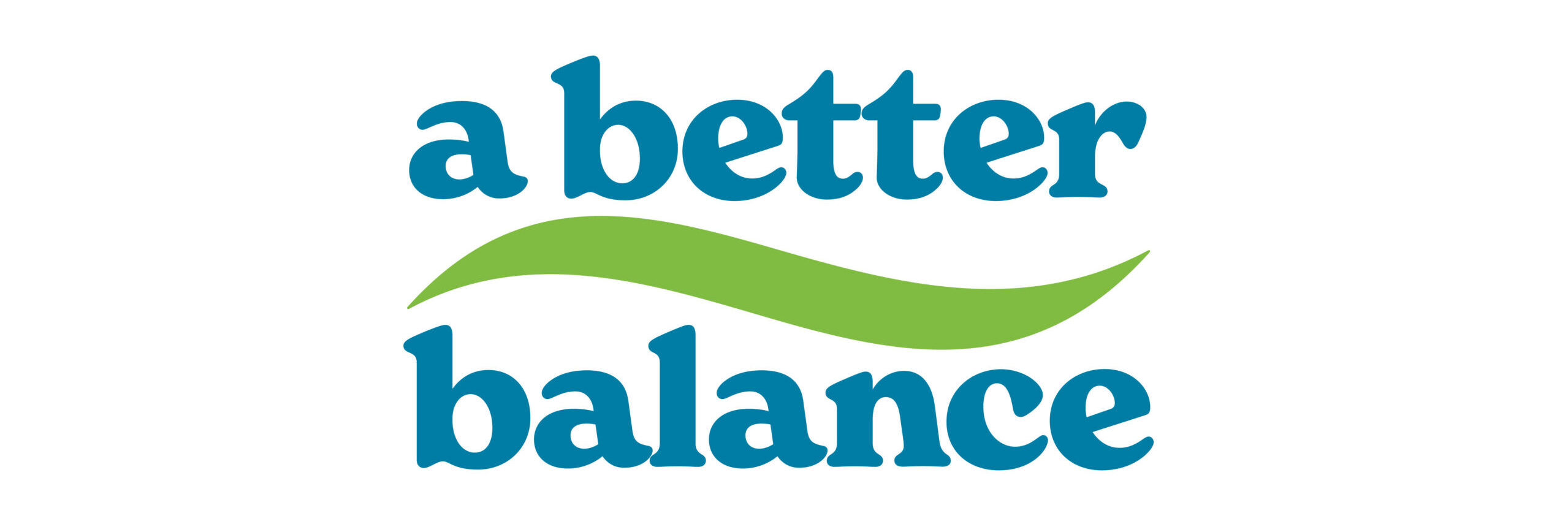No pregnant or postpartum worker should have to sacrifice their health or the health of their pregnancy, but many young workers are forced to choose between a healthy pregnancy and economic security. Thankfully, pregnant and postpartum workers now have groundbreaking new rights under the Pregnant Workers Fairness Act & PUMP for Nursing Mothers Act. Young pregnant workers, however, still need additional workplace support like a national right to paid family and medical leave and paid sick time in order to care for themselves and ensure a safe and healthy pregnancy and birth while maintaining their economic security.
Pregnant Youth in the United States: Understanding the Landscape
- In 2023, the birth rate for people aged 15-19 was 13.1 births per 1,000 women; among individuals between the ages of 20-24, the birth rate was 55.4 births per 1,000 women.
- Black and Latine young people are particularly likely to experience pregnancy and childbirth compared to their white counterparts,ii making addressing the health and economic needs of pregnant youth both a racial and gender justice issue, especially amidst the ongoing Black maternal mortality crisis.
- Approximately 150 out of 1,000 pregnant people age 18-24 experience pregnancy complications and approximately 20 out of 1,000 pregnant people age 18-24 experience birth complications. These complications can include postpartum hemorrhages, eclampsia, cephalopelvic disproportion, poor fetal growth, low birth weight, and neonatal mortality. Additionally, pregnant people under the age of 20 are at increased risk for a number of pregnancy complications, including hypertension, eclampsia, and blood transfusion.
- Among individuals under the age of 25 in 2023, the rate of maternal mortality was approximately 12.5 maternal deaths per 100,00 births, disproportionately affecting young Black birthing people who are encapsulated in the Black maternal mortality rate of 50.3 deaths per 100,000 live births which is significantly higher compared to white birthing people.
Employment Patterns Among Youth Workers
- Many pregnant workers hold jobs that require them to stand continuously, work irregular hours, work long hours, lift heavy objects, or participate in highly physical activities. This may increase the risk of pregnancy and birth complications, including miscarriage or preterm birth.
- Over 1 in 5 pregnant individuals work in lower paying jobs. Black and Latine workers are more likely to hold lower paying jobs, which are especially likely to be physically demanding and unlikely to provide job flexibility or time off.
- In July 2024, over 22 million individuals between the ages of 16-24 were in the labor force.viii During the summer months, youth labor force participation rises over 10% as young workers seek seasonal and part-time employment.
- Many young people work in industries that can be physically-demanding, as evidenced by young workers predominantly occupying retail, leisure and hospitality, and the education and health services fields. For young pregnant workers, that can mean increased risk of complications.
- In service industries such as these, there is a severe lack of paid sick and paid family leave. Only 64% of service workers have access to paid sick leave, and only 16% have access to paid family leave. In contrast, higher income workers, such as those in business, finance, and management, are much more likely to have access to paid sick leave and paid family leave—96% have access to paid sick leave, and 39% have access to paid family leave.
Youth Pregnancy and Prenatal Care
- Individuals under the age of 20 are the least likely to receive prenatal care in their first trimester: only 61.6% of these individuals began receiving prenatal care in the first trimester, compared with 78.3% of individuals on average. This suggests that pregnant youth need additional support to ensure they are able to care for themselves and their pregnancies.
- Young pregnant people are at increased risk of complications including preeclampsia, preterm premature rupture of the membrane, postpartum depression, and maternal death.xiv One study found that, among teenagers who gave birth, instances of severe maternal morbidity were nearly twice as high among those who had not received adequate prenatal care as among those who did receive adequate care. Another study found increased risk of poor infant outcomes for teenagers who gave birth without receiving adequate prenatal care, including higher rates of infant admission to the NICU and lower scores on infant health assessments.
- Younger pregnant people have been shown to be at increased risk for postpartum depression.xvii A CDC report found that approximately 18% of people between the ages of 20-24 who gave birth suffer from postpartum depression and approximately 22% of people 19 years old and younger who gave birth suffered from postpartum depression, higher rates than any other age group.
Importance of Paid Family and Medical Leave for Pregnant & Postpartum Youth
- Paid leave laws are essential to enabling all people, including youth, to take care of themselves and their loved ones without putting their economic security at risk.
- Through the enactment of comprehensive paid family and medical leave laws, pregnant and postpartum young people will be able to ensure they are able to attend to their medical needs during and after pregnancy, recover from childbirth, bond with their new baby, and economically provide for themselves and their families.
- It is also critical that young pregnant and postpartum people understand the rights they have under the nationwide Pregnant Workers Fairness Act (PWFA). Under the PWFA, pregnant and postpartum workers can access reasonable accommodations such as flexible scheduling to attend prenatal or postnatal appointments, on-the-job changes like temporary transfers, time off to recover from childbirth, and lactation accommodations. The nationwide PUMP Act also requires employers to provide break time and a clear, functional private space that is not a bathroom to pump milk at work.
This fact sheet is part of a series on supporting young workers as they care for themselves and their loved ones. Additional resources:
- The Case for Paid Family and Medical Leave for Foster Placement
- Part-Time Workers Need Paid Leave
- The Importance of Paid Family and Medical Leave for Young Breastfeeding & Lactating Workers
- Parents Caring for Adult Children Need Access to Paid Leave
- Closing the Wage Gap for Young Black Women
- Comprehensive Paid Family and Medical Leave: A Critical Measure for LGBTQ Youth
- The Importance of a National Paid Sick Leave Law for Young Workers of Color
- The Importance of a National Right to Paid Family and Medical Leave for Young Workers of Color




